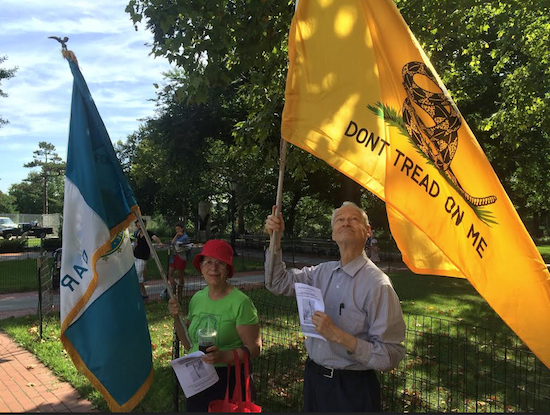Battle of Brooklyn heroes may be one step closer to getting new memorial
Q&A with Historian and Author Robert Furman

The Revolutionary War’s Battle of Brooklyn is in the late August air. History lovers are going to ceremonies and reenactments all over the borough just as Gov. Andrew Cuomo’s staff is making initial moves that could result in building a park dedicated to a special unit called the Maryland 400 that fought in the battle. The Park Slope site would honor this group of elite American soldiers from Maryland, most of whom died while holding off the British long enough for General George Washington and his men to retreat across the East River. It’s thought that the highly trained Marylanders who died were buried right in Park Slope, in an area near Third Avenue and Ninth Street. Part of the area under discussion lies near what is now a vacant lot next to the Rawley American Legion Post, right on that corner. Next door is a vacant lot and an apartment building under construction. The new park could go on that vacant lot.
The Eagle spoke about the battle’s significance and the possibility of building that park with author and historian Robert Furman. Furman says state officials are starting to inquire about how much it would cost to buy the vacant lot from the owner. He estimates it might be in a range of around $5 million.
Furman serves as the president of the Brooklyn Preservation Council Foundation and has worked as executive director of the Old Stone House. He is also president and founder of Brooklyn Heritage, Inc. and president of Four Borough Neighborhood Preservation Alliance. Additionally, he is an active member of the Society of Old Brooklynites and the Bay Ridge Historical Society.
